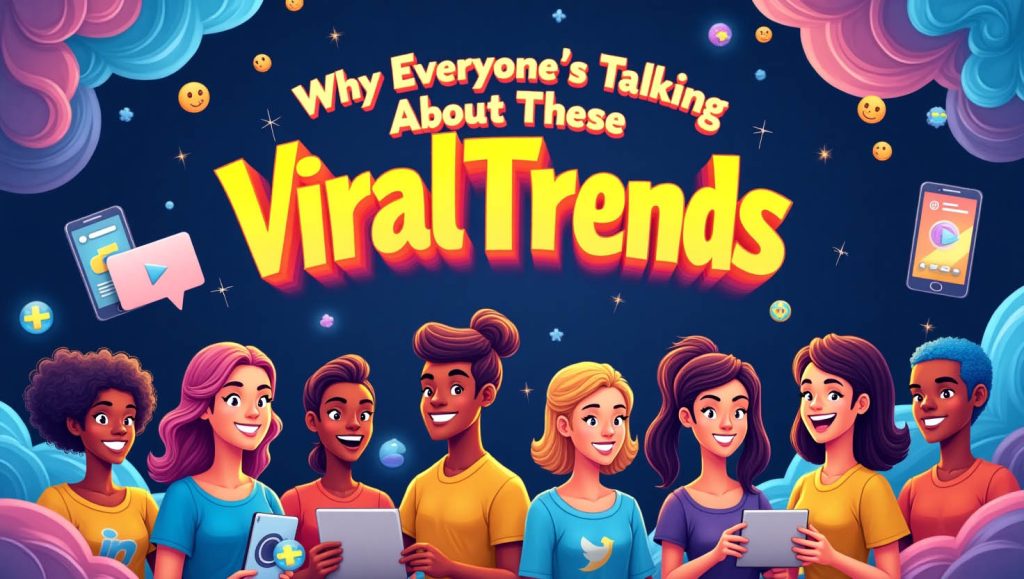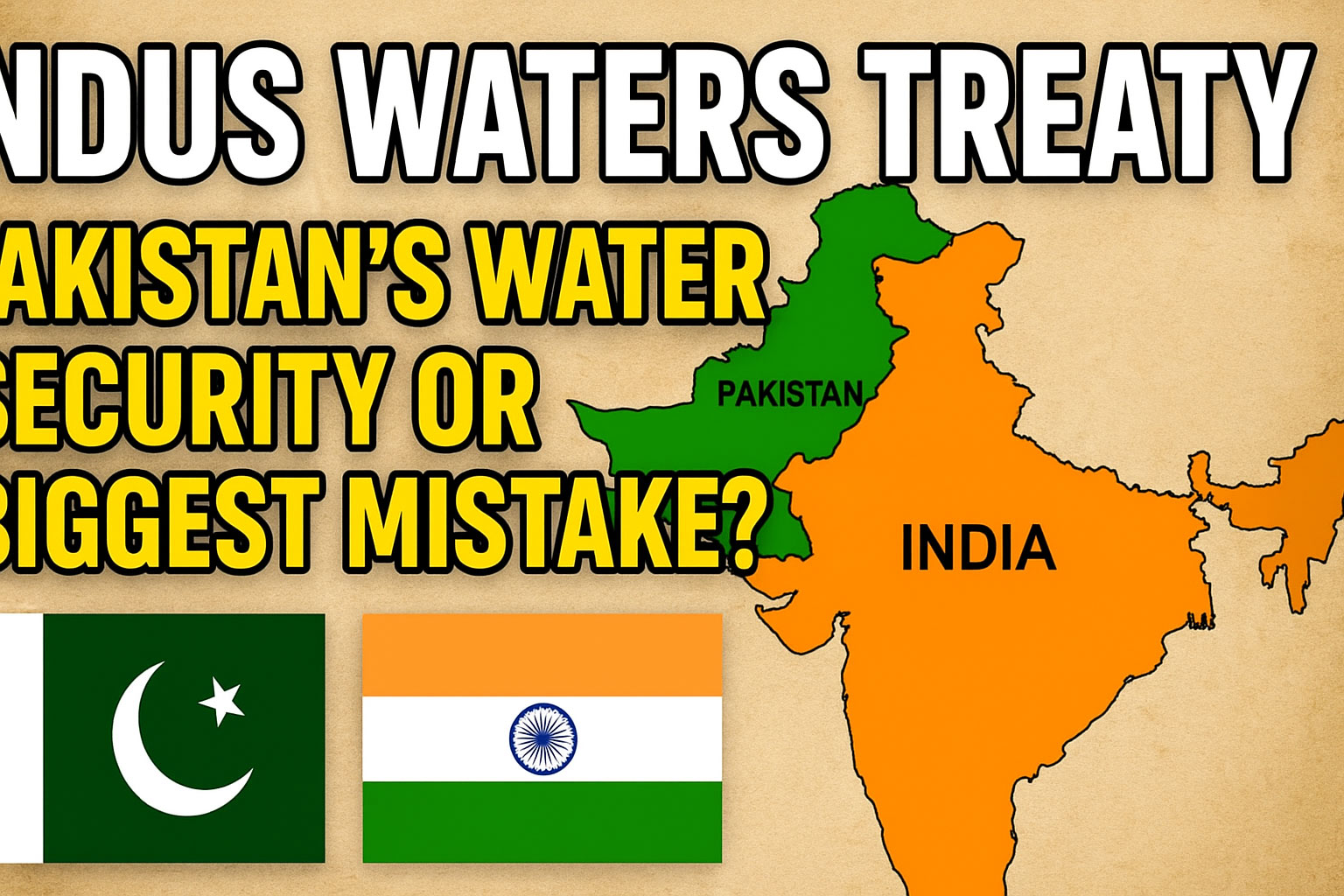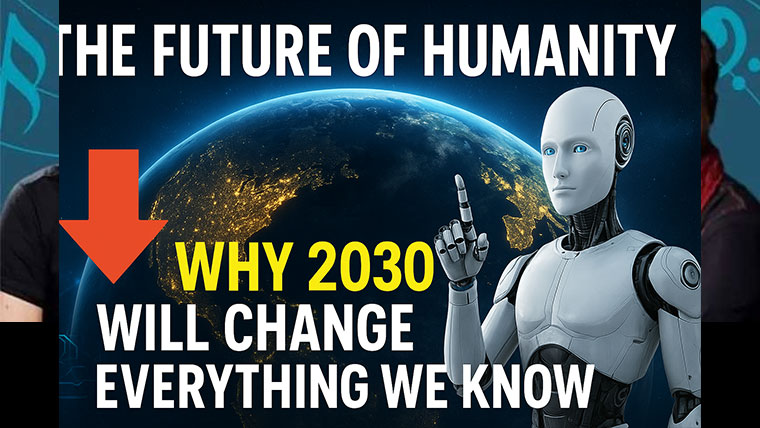
In the modern digital era, viral trends have become one of the most powerful forces shaping culture, conversation, and even business across the globe. Whether it’s a short TikTok dance, a viral meme, a challenge on Instagram, or a breaking news story shared across Twitter (now X), these trends spread like wildfire and capture the attention of millions in just hours. But why exactly does everyone seem to be talking about them? What makes a trend “viral,” and why does it matter?
The Nature of Virality
At its core, a viral trend is any piece of content that resonates so strongly with people that they feel compelled to share it. This could be due to humor, relatability, shock value, or even inspiration. The speed at which these ideas move is what sets them apart. A single video or post can reach millions of people worldwide within 24 hours. Platforms like TikTok, YouTube Shorts, and Instagram Reels have made this possible, as their algorithms push engaging content to wide audiences very quickly.
The Role of Social Media
Social media is the beating heart of virality. Unlike traditional media, where gatekeepers decide what is published, social media allows anyone to be a creator. An ordinary teenager with a smartphone can post a dance, lip-sync, or commentary and, within days, become a household name. The democratization of content has created an environment where creativity and relatability often outweigh professional production.
The platforms themselves play a huge role. TikTok’s “For You Page” curates content for users based on their interests, allowing creators to reach audiences they never imagined. Instagram’s Explore page and Twitter’s trending hashtags serve the same purpose. These mechanisms amplify content, often unpredictably, making some creators overnight stars.
Psychological Appeal of Viral Trends
Why do people engage so actively with viral trends? Psychology provides several answers:
- Relatability – People share content they identify with. A funny meme about daily struggles resonates universally.
- Community – Joining a viral challenge or using a trending sound on TikTok helps people feel like they are part of a global conversation.
- Status – Being “in the know” about the latest trend gives people a sense of relevance and social currency.
- Emotional Impact – Content that makes us laugh, cry, or feel shocked is more likely to be remembered and shared.
This combination of factors explains why trends spread so quickly and dominate online spaces.
The Business Side of Virality
Brands and businesses are now paying close attention to viral trends because they understand the marketing potential. A well-timed campaign that rides the wave of a viral challenge or meme can bring massive exposure at little cost. For example, several companies have used trending TikTok sounds in their ads, instantly connecting with younger audiences.
On the flip side, businesses that ignore viral culture risk being seen as outdated or disconnected. Marketing departments now employ teams that track what’s trending daily so they can respond quickly. This has led to an entirely new form of advertising known as real-time marketing.
Positive and Negative Effects
Viral trends bring both opportunities and challenges. On the positive side, they can highlight social issues, raise funds, and spread awareness. The “Ice Bucket Challenge” for ALS research is a prime example—it raised millions globally while being fun and shareable. Similarly, content creators in developing countries have gained global audiences through viral posts, opening doors for careers that didn’t exist a decade ago.
However, there are downsides. Some viral challenges can be dangerous, leading to accidents and even fatalities. Others spread misinformation, causing confusion or panic. The speed of virality means fact-checking often lags behind, and harmful content may go viral before platforms can react.
The Future of Viral Trends
Looking ahead, viral trends will continue to play a central role in shaping culture. With the rise of artificial intelligence and augmented reality, we may soon see even more immersive trends—such as virtual reality challenges or AI-generated memes. What remains constant is human nature: the desire to share, connect, and belong.
For creators, the challenge is balancing creativity with responsibility. For consumers, it is learning to engage critically, enjoying the fun while questioning the source and potential impact. For businesses, it is staying relevant without appearing forced or opportunistic.
Conclusion
Everyone is talking about viral trends because they are more than just passing fads—they are reflections of our society, our humor, our struggles, and our desires. They give ordinary people a voice, provide businesses with opportunities, and connect billions of people across cultures and continents. In today’s hyper-connected world, ignoring viral trends is no longer an option; they are shaping conversations, influencing decisions, and rewriting the way we experience culture.
So, the next time you see a video, meme, or hashtag exploding across your feed, remember: it’s not just entertainment. It’s part of a global movement that tells us who we are and what we care about.



